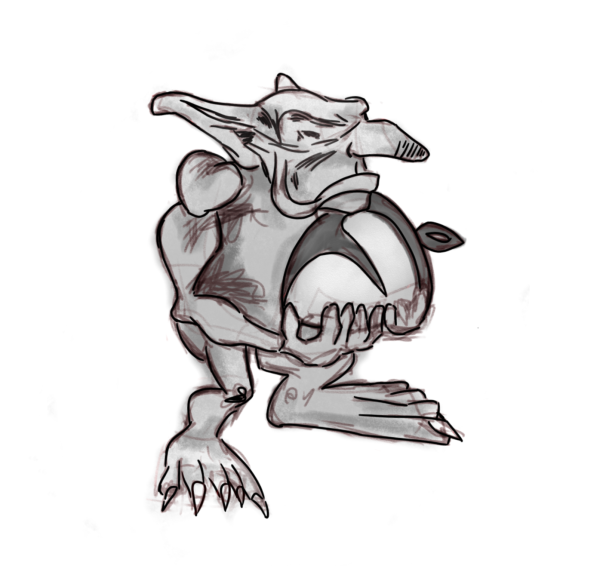Claremont Unaware of the Environmental Harm of Plastic Straws
As the environment crumbles and species go extinct on a regular basis, the world needs to take a defensive stance. One way the world can take this stand is to ban single-use plastic straws from CHS and the city of Claremont. Many people are aware that plastic straws are harmful, but the vast majority of people are not aware of the magnitude of this problem. According the Washington Post, by the year 2050, there will be more plastic in the oceans than fish. This is a signal that the world has kept earth’s call to stop plastic on hold for far too long. It is time to pick up the phone again. One should advocate for the straw ban for many diverse rationales: plastic straws end up in the ocean, harming marine life; they harm humans in direct and indirect ways; and there are many great alternatives that could be introduced.
The most relevant and straightforward reason for getting rid of plastic straws is that they are being dumped in the ocean where they harm marine life. Wildlife consumption of plastic straws is extremely dangerous. They can poke holes in animals’ stomachs, suffocate animals, and make sea life bleed. Voices for Animals (VFA), a club at CHS, agrees that plastic straws should be banned. VFA is a club that advocates for animal rights and uses fundraisers to support animals in need. According to CataSTRAWphic, an essay written by VFA, marine life eat and suffocate on plastic accidentally because it is split into microplastics by the sun’s radiation, resembling the food that animals eat. As reported by StrawlessOcean.org, marine life has a 1 in 2 chance of survival after ingesting plastic and Americans use 500 million straws per day, many of which travel to the ocean.
In addition to worrying about the species and the environment, humans should also do what is best for themselves. According to the Washington Post, the plastic that straws are made of leeches chemicals into drinks, affecting the estrogen levels of humans drinking through them. Another factor that affects the health of humans is the possible plastic that can be in the fish found in restaurants and markets, a huge risk to the human stomach.
Opponents of the straw ban may think that straws are arbitrarily chosen as to get rid of, but this is not true. “You can’t just go from having plastic to not having plastic; it’s a step by step process, and that’s important,” said VFA’s secretary, Lily Widrig. Straws are a big sector of the plastic in oceans, so starting with straws, something humans do not need, will make a change in the output of plastic and the health of marine wildlife.
However, some humans do need straws. People with disabilities that affect their drinking need straws to survive. VFA outlines three different alternatives to plastic: paper, pasta, and metal. Paper straws are the most popular option. This is because they are biodegradable. Skeptics of paper straws say that they dissolve too quickly, but they last for a full two hours in drinks before they start to break down. Pasta straws are also a great alternative. “[Pasta straws] are biodegradable and they last three hours in drinks before they dissolve or become noodles,” VFA’s vice president Delaney Colomey said.
It is important to be mindful that fish on dinner plates could contain microplastics and that when straws are dropped, they go in storm drains leading to the ocean. In addition, straws release unwanted chemicals into the world’s beverages. There is a lot that people not partaking in this crusade for straw justice can do to help. Instead of advocating for the ban, doing things as simple as asking for a drink without a straw will help on a miniature scale to stop this gargantuan problem from wreaking havoc on the environment and human health.
Hello there! Our goal is to provide relavent, engaging journalism for readers of all ages. Your donation will support the student journalists of the Wolfpacket at Claremont High School, and will allow us to purchase equipment, print our monthly issues, and enter in journalism competitions. We appreciate your consideration!

A senior in his third year on the Wolfpacket staff, Rowan Orlijan-Rhyne, occasionally referred to as Rowan “Orange Rind” by his Wolfpacket peers, strives...





